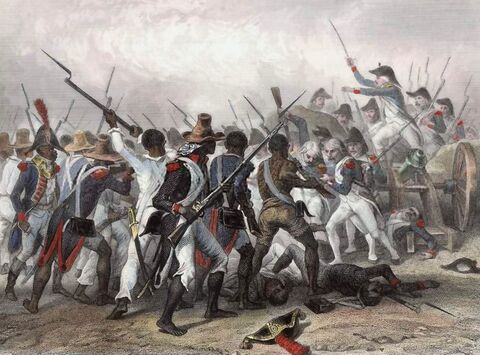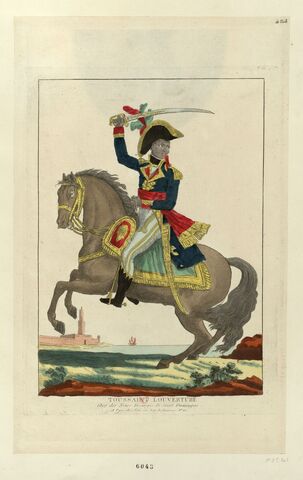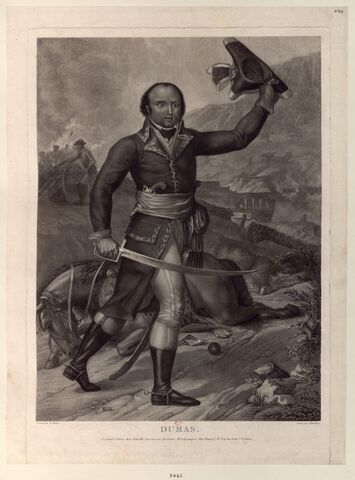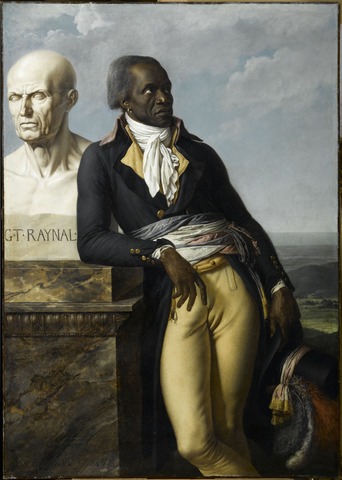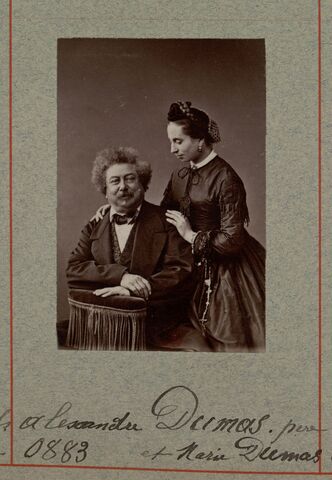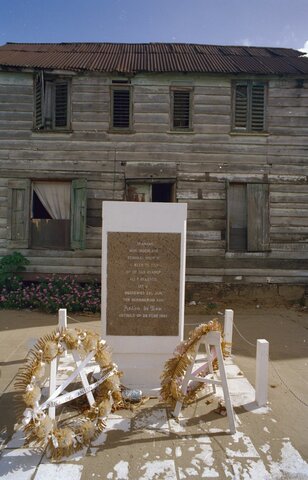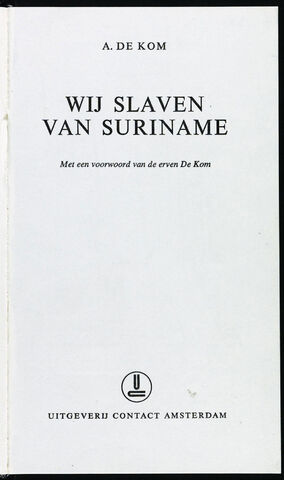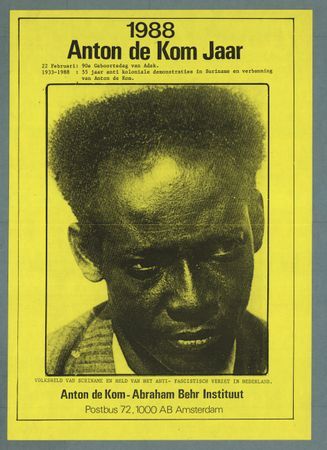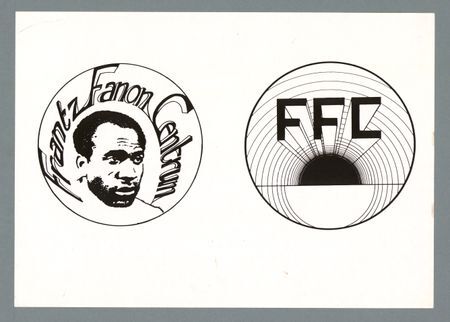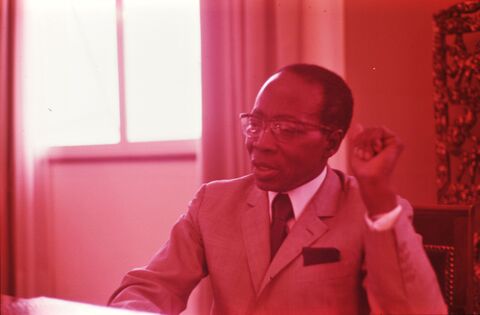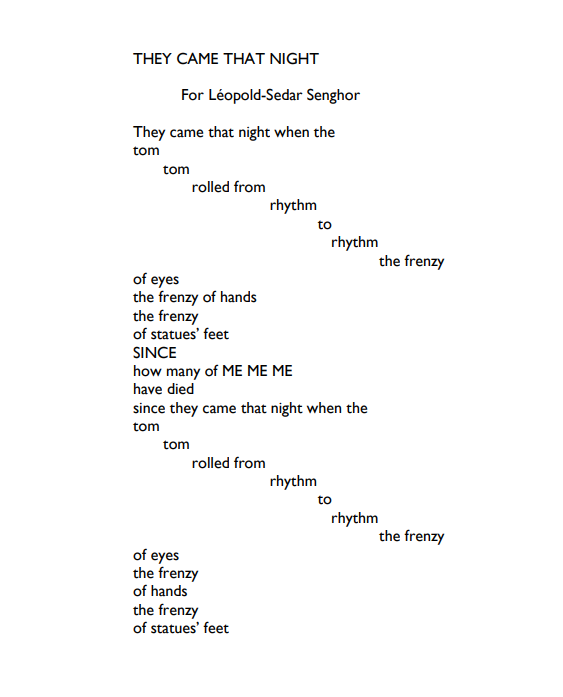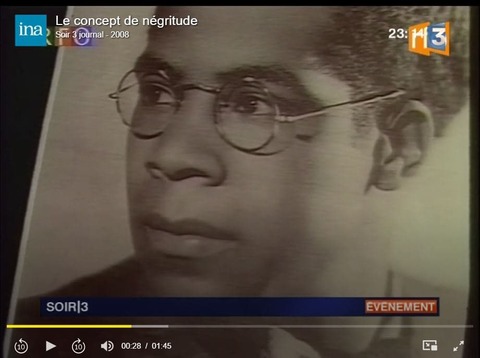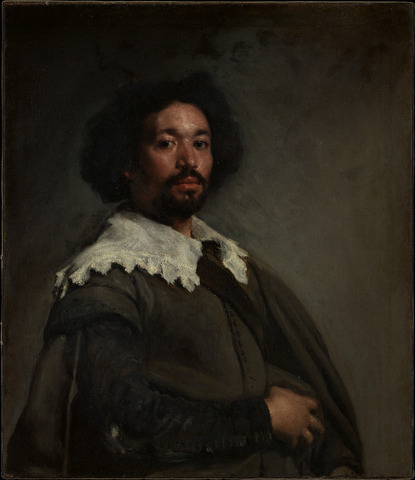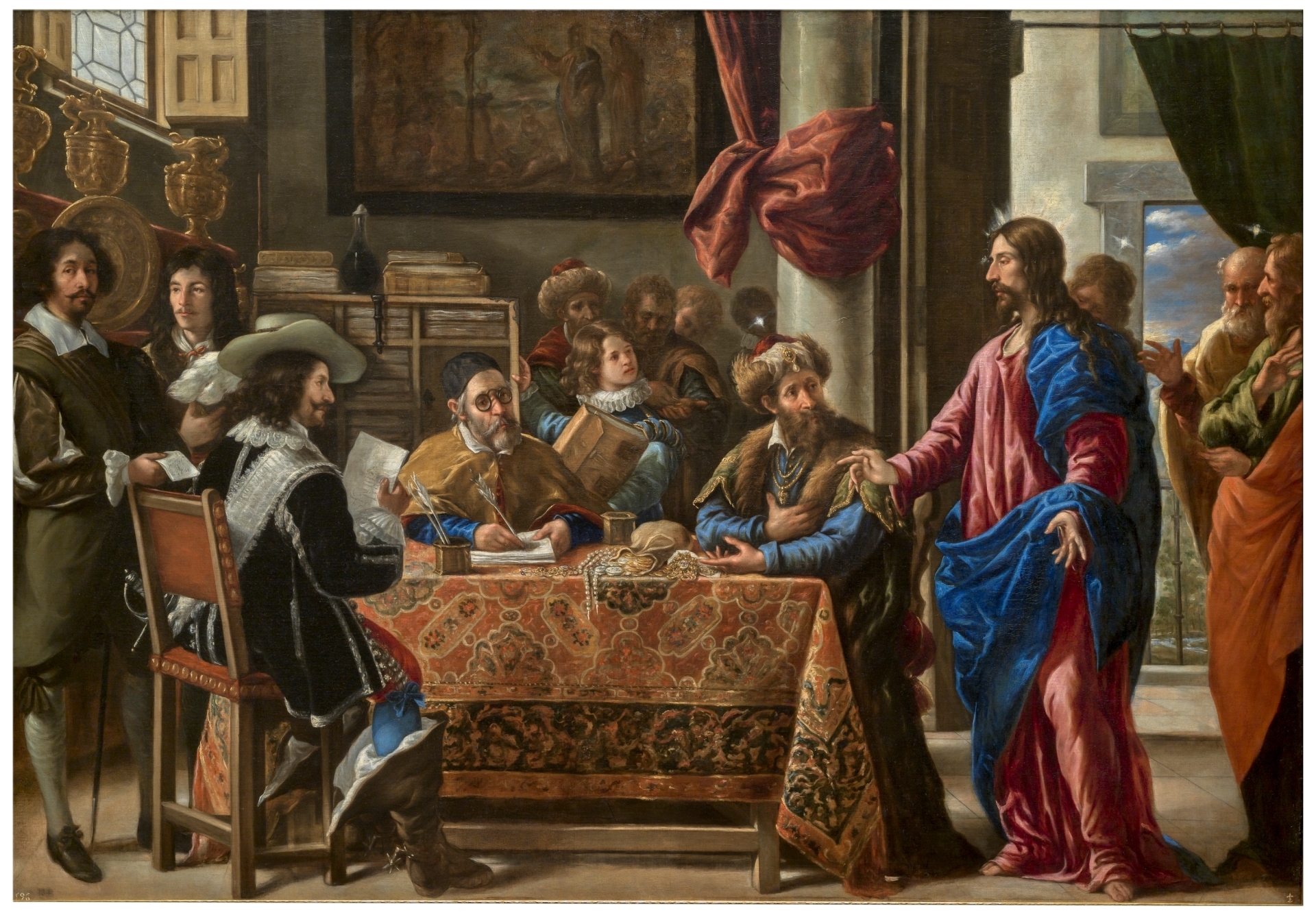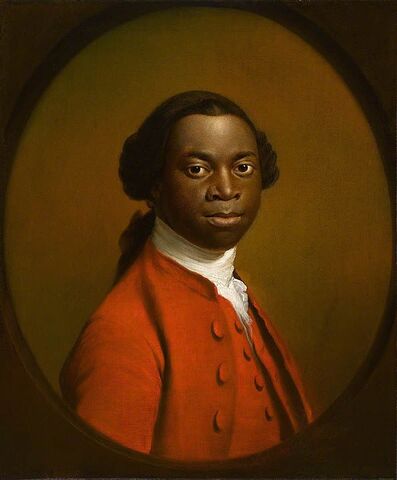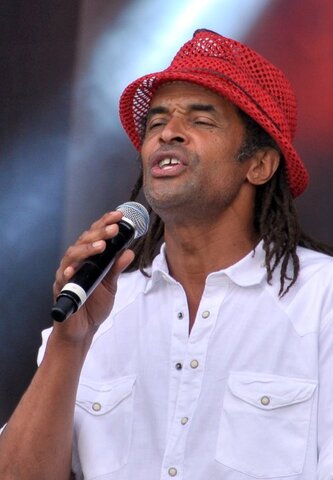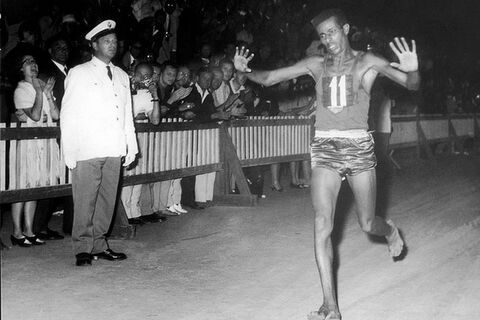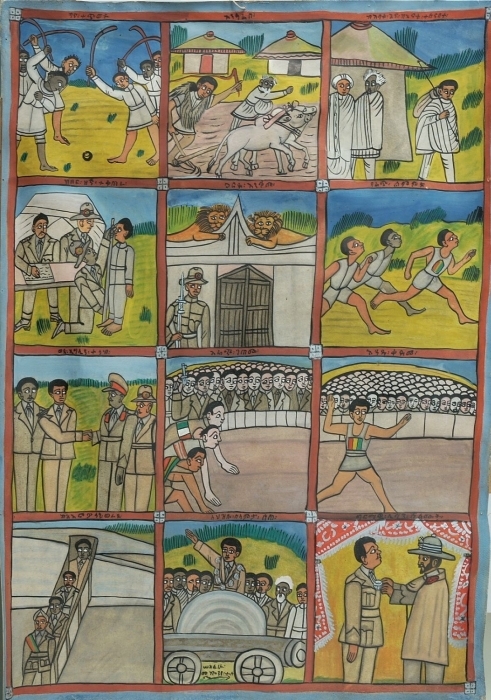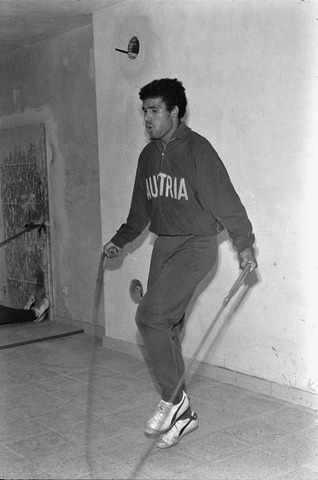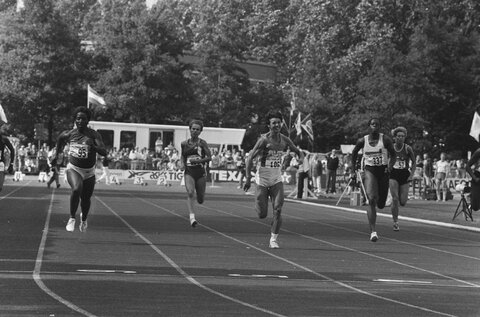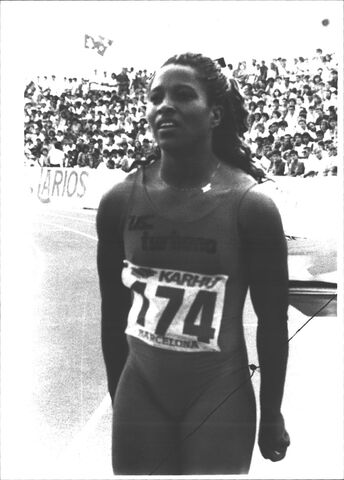Black people have been part of European history, society and culture for centuries, but their presence has often been overlooked.
In this exhibition, we have chosen to highlight the achievements and lives of a number of figures from history - from as far back as the 1600s to individuals who are still alive. These are the stories of just a few individuals - there are so many more whose histories have been hidden, forgotten and obscured. This exhibition is a cornerstone to Europeana's Black History Month contributions and our ongoing efforts to bring a spotlight to Black history in Europe.
We realise that most of the stories told in the exhibition relate to men. We want to acknowledge that there has been a lack of recognition of Black women’s achievements throughout history (especially within the context of European history), and this makes it challenging to uncover relevant material in cultural heritage collections. Nonetheless, we hope you can trace multiple threads of people who fought for their rights and freedoms, who entertained the world and their communities, who challenged status quos, who reached great personal achievements.
There are also threads underlining the racism, discrimination and prejudice Black people across Europe have faced. All these threads weave together to make a complex picture which we hope will go some way to heightening understanding and tolerance. Black history is European history and European history is Black history.
